Emergence of Smart Cities
The rise of smart cities in South America is a pivotal driver for the geomarketing market. Urban areas are increasingly integrating technology to enhance infrastructure and services, which creates a demand for location-based data analytics. As cities like Sao Paulo and Buenos Aires invest in smart technologies, the need for geomarketing solutions that can analyze traffic patterns, consumer behavior, and urban planning becomes essential. This trend is expected to grow, with investments in smart city initiatives projected to reach $100 billion by 2025. Consequently, businesses are leveraging geomarketing tools to optimize their operations and improve customer experiences, thereby driving growth in the geomarketing market.
Growth of E-commerce Platforms
The rapid expansion of e-commerce platforms in South America significantly influences the geomarketing market. With online retail sales projected to reach $50 billion by 2025, businesses are increasingly utilizing geomarketing strategies to target consumers effectively. By analyzing geographic data, companies can identify high-potential markets and tailor their marketing efforts accordingly. This trend is particularly evident in countries like Brazil and Argentina, where urbanization and internet penetration are on the rise. As e-commerce continues to flourish, the demand for geomarketing solutions that provide insights into consumer preferences and regional trends is likely to increase, further propelling the geomarketing market.
Rising Demand for Data Privacy
As concerns over data privacy intensify in South America, the geomarketing market faces both challenges and opportunities. Consumers are becoming more aware of how their data is used, prompting businesses to adopt transparent practices. This shift necessitates the development of geomarketing solutions that prioritize data protection while still delivering valuable insights. Companies that can navigate these privacy concerns effectively may gain a competitive edge. The implementation of regulations similar to the General Data Protection Regulation (GDPR) in Europe could reshape the landscape, compelling businesses to innovate in their geomarketing strategies while ensuring compliance. Thus, the demand for privacy-centric geomarketing solutions is likely to grow.
Increased Investment in Digital Marketing
The surge in digital marketing investments across South America is a notable driver for the geomarketing market. As businesses recognize the importance of online presence, spending on digital marketing is projected to exceed $20 billion by 2025. This trend encourages companies to adopt geomarketing strategies that enhance their online visibility and customer engagement. By leveraging location-based data, businesses can create targeted campaigns that resonate with specific demographics. The integration of geomarketing tools into digital marketing efforts allows for more precise audience segmentation and improved return on investment. Therefore, the increasing focus on digital marketing is likely to propel growth in the geomarketing market.
Advancements in Geographic Information Systems (GIS)
Technological advancements in Geographic Information Systems (GIS) are transforming the geomarketing market in South America. Enhanced GIS capabilities allow businesses to visualize and analyze spatial data more effectively, leading to better decision-making. As companies increasingly rely on data-driven strategies, the integration of advanced GIS tools becomes crucial. The market for GIS technology is expected to grow at a CAGR of 10% through 2025, indicating a robust demand for geomarketing applications. This growth is particularly relevant for sectors such as retail and real estate, where location intelligence can significantly impact operational efficiency and customer targeting. Consequently, the evolution of GIS technology is a key driver for the geomarketing market.


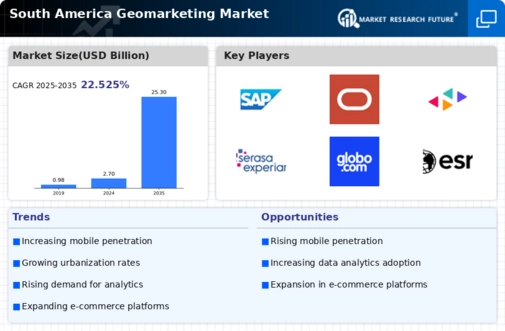
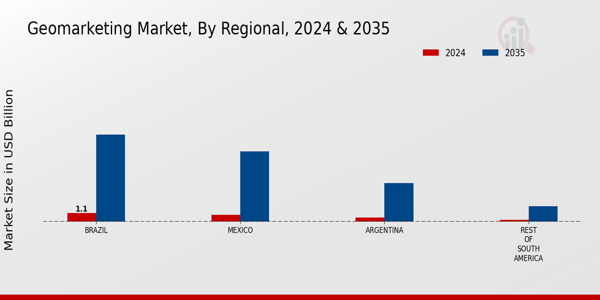
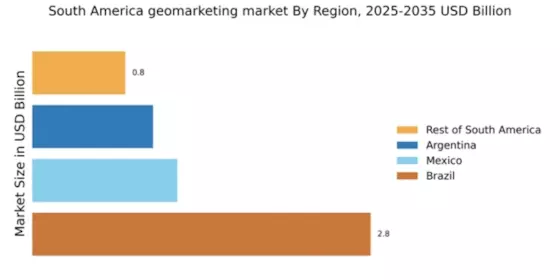
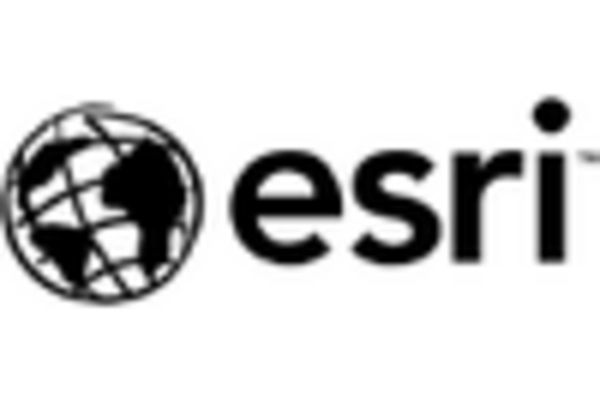




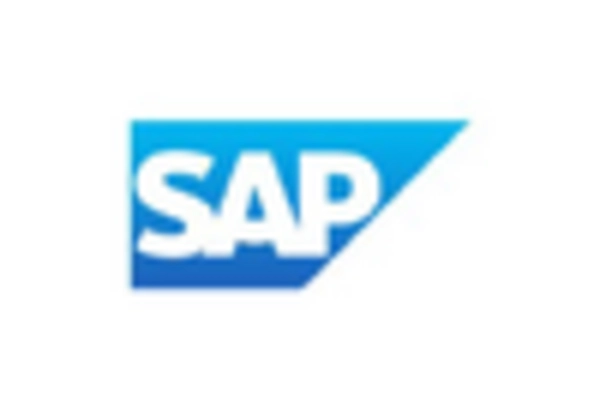








Leave a Comment